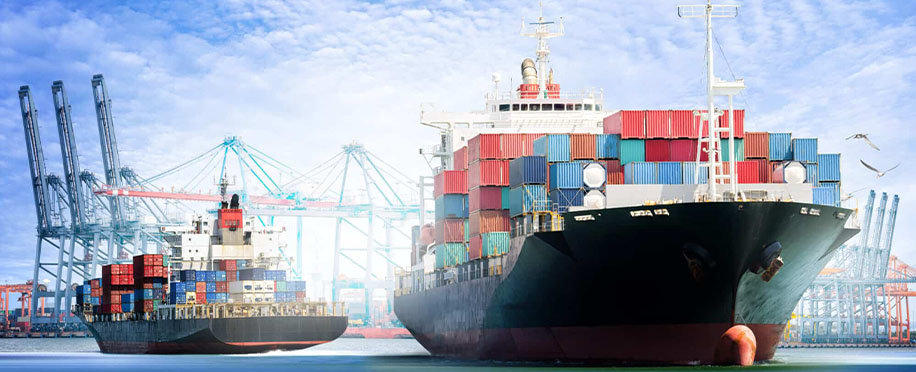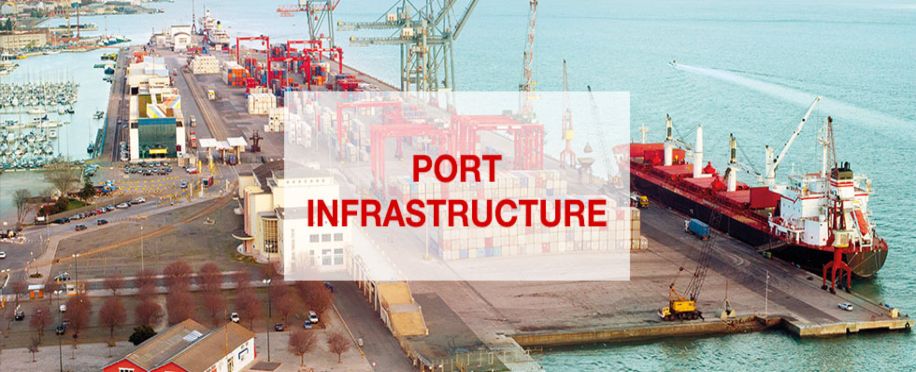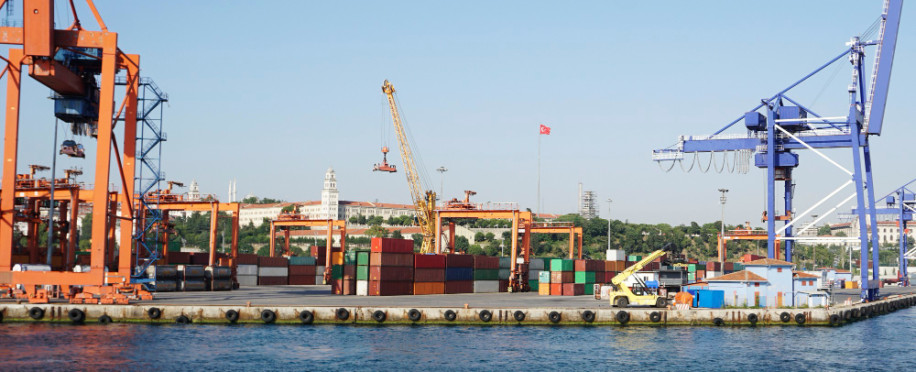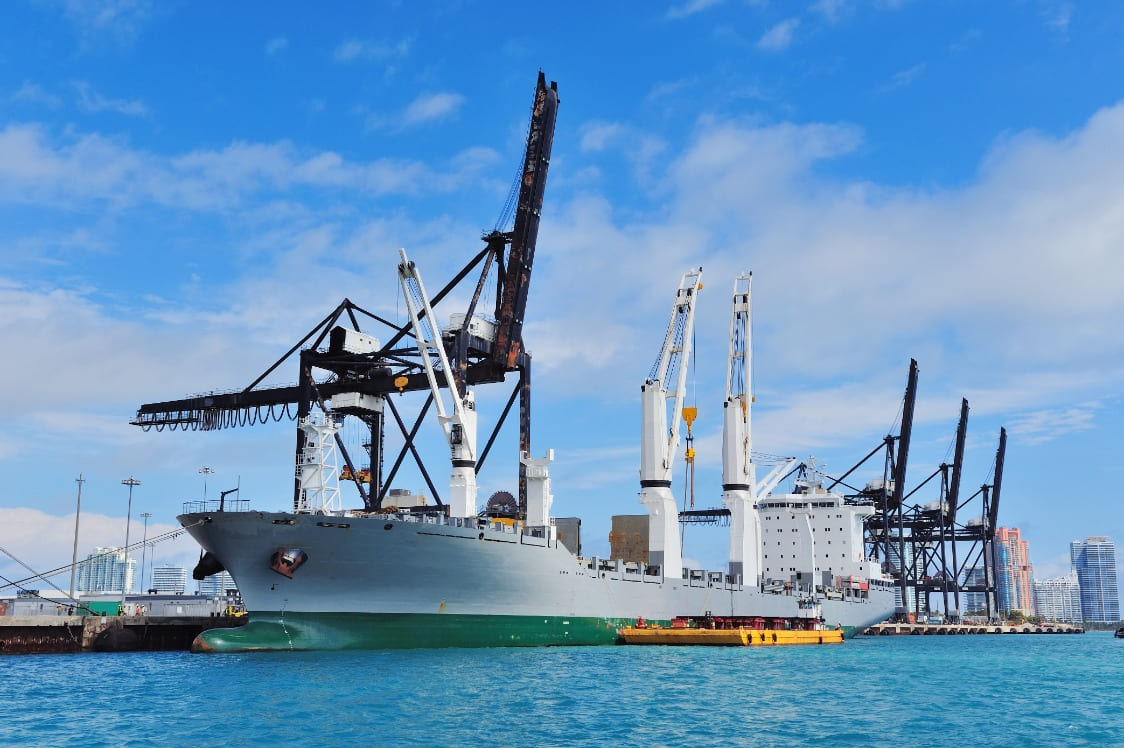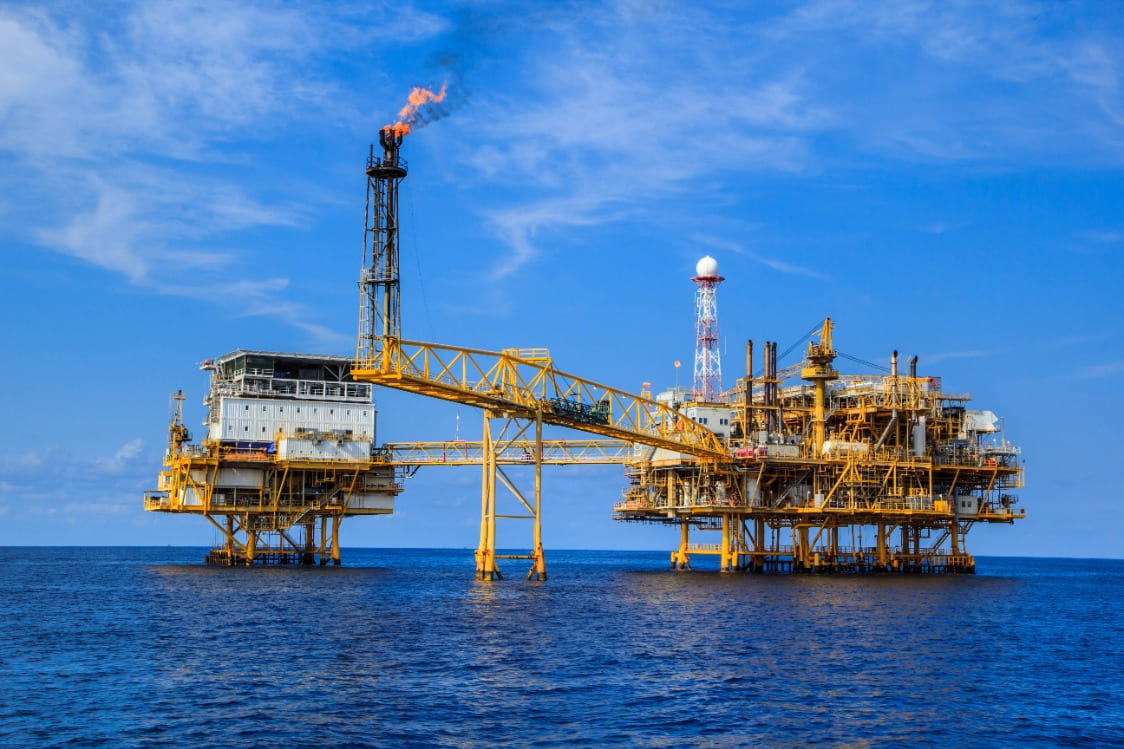Dockside Revolution: The Advancements and Challenges of Container Port Automation
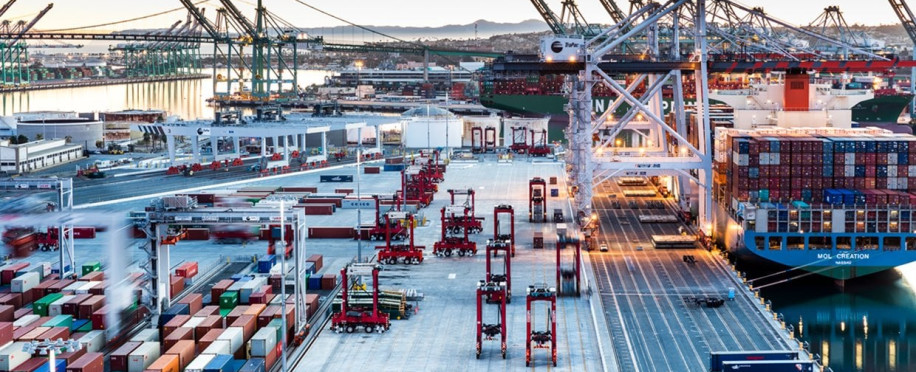
Posted on Nov 19, 2023 at 09:11 PM
Container port automation is playing a significant role in advancing port technologies today. By leveraging these new technologies, many ports are transforming their operations, improving their cargo handling systems and enhancing global shipping performance.
What we'll be looking at today are both the advancements and challenges that container port automation provides, so stay tuned!
Container port management: between the past and the present
Let's start with some background on how ports managed containers in the past: The process was slow and involved moving containers manually using cranes and forklift operators onto and from ships.
When a crane operator needed to pick up a container, he had to drive his truck up to an empty space on the dock where he could drop off another container. This process often took several minutes and required multiple trips back and forth between the truck and the terminal; now, imagine this process upped to a thousand containers per ship and multiplied by the number of boats that go through these terminals a day. Sounds like a lot to handle, right?
The apparent solution for increasing the efficiency of these transport operations was for them to be automated, and that's how the term container port automation came to life.
The most prominent example of container port automation in the world is the Rotterdam port automation; being one of the largest ports, the Rotterdam Port is at the forefront of container port automation and is a prime example of how these technologies transform global shipping.
The advancements in container port automation
Luckily, the current world has plenty of things to offer regarding digital technology, especially in the maritime market. Some of these solutions to automate port containers are:
-
Smart Container Tracking
Vessel tracking represents the highest level of container port automation technology.
This modern technology is made possible through IoT-based sensors and tracking systems that create an actual view of the supply chain in real-time, you know, a look through the ships at all times.
Moreover, this system enables port managers to enhance operational efficiency, remove delays, and improve inventory and equipment management.
-
Autonomous vehicles
In addition to the previous advancements, ones that have increased in popularity in the past years across all markets and are a significant step towards automating container movement across the port are AVGs and ASCs.
Automated guided vehicles (AGVs) and stacking cranes (ASCs) have transformed port container handling. These intelligent machines can navigate autonomously within the port premises, minimising the need for human intervention and increasing throughput capacity.
-
Robotic docking systems
Advanced robotic systems are deployed for precise container alignment, lifting, and transportation. Docking robots can connect and disconnect containers autonomously, reducing human effort and enhancing overall efficiency.
-
Smart port management
Container port automation integrates data analytics and machine learning to optimise the allocation of resources, enhance planning, and streamline operations. Moreover, smart algorithms analyse historical data patterns to predict arrival times, handle scheduling, and allocate the workforce effectively.
Container port automation: the challenges
Along with all these advancements come plenty of challenges. Technology is a double-edged sword, and it can be used for good and evil.
For example, we must ensure the software is 100% bug-free and secure when we look at the port automation system. If not, there could be a lot of severe consequences, including theft of sensitive data by hackers.
Let's look at some of the most prevalent challenges of port automation:

-
Operational challenges
Automated inland ports experience many operational challenges, such as insufficient capability, low quality of data, and siloed operations, making it hard to handle cases of exception. Such problems may influence the adequate performance of automatically executed procedures and result in disturbances related to container operation.
-
Adaptability to customer demands
Similarly, container port automation should be able to respond to changing customer demands and emerging industrial trends for it to succeed. To succeed, automated systems must respond to new processes and emerging technologies as customers’ needs and expectations change.
-
Workforce transition
The container port workforce needs changes in workforce composition and skills towards automation. Automation can boost productivity, but it might cause job cutbacks since many positions could become obsolete.
And because this advancement is prone to significant setbacks, it's essential to effectively manage employee change and implement suitable training and support for those whose jobs become globally automated.
-
Up-front capital expenditures
The implementation of automated systems in container ports requires significant initial investment. This includes the costs of installing advanced technologies, retrofitting existing infrastructure, and training staff to operate and maintain the automated systems.
At last
Now that everything is clear, the future of container port automation and how it will affect the maritime sector depends on how we move forward. That's why it's essential for every international business working in this sector to be efficient and continuous in their learning and improvements to preserve this change's sustainability and futuristic status.
